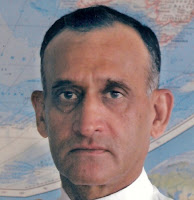Jul 12, 2011 By Bradley Perrett AviationWeek.com
BEIJING - China’s DF-21D anti-ship ballistic missile is still in development, the chief of the Chinese general staff says, despite U.S. assessments that the potentially revolutionary weapon is operational.
The missile has a range of 2,700 km (1,680 mi.), the China Daily says in its report carrying the comments of Gen. Chen Bingde. The range figure seems well in excess of U.S. estimates, most recently stated as more than 1,500 km.
The program has encountered a lot of trouble, says Chen, who also acknowledges China’s aircraft carrier program.
“The missile is still undergoing experimental testing and will be used as a defensive weapon when it is successfully developed, not an offensive one,” Chen says. “It is a high-tech weapon and we face many difficulties in getting funding, advanced technologies and high-quality personnel, which are all underlying reasons why it is hard to develop this.”
Adm. Robert Willard, commander of U.S. Pacific Command, said in December that the DF-21D had reached the equivalent of initial operational capability. Taiwan also has said China has begun to deploy the missile. Yet Chen’s comments imply that any DF-21Ds that have been deployed are not regarded as properly developed.
The appearance of his statement in the China Daily is itself meaningful. The English-language newspaper’s special role is to act as a government mouthpiece directed at the outside world. Its reports on sensitive subjects often show signs of being carefully written to deliver a message for Beijing.
The DF-21D is one such sensitive subject. In theory, at least, the Chinese ballistic missile could be the definitive threat to the surface warship, which has so far survived a century-long struggle against submarines, aircraft and, more recently, cruise missiles. In the view of some analysts, surface warships—above all, aircraft carriers—are fundamentally too vulnerable to such a weapon, because their signatures are so large, while the missile is so hard to intercept.
Skeptics respond that the DF-21D’s kill chain can be broken in several places—for example, in target detection and tracking before launch or in the final homing descent. Still, given the stakes, it seems that a navy facing DF-21Ds would have to be confident of breaking that kill chain every time.
The report says Chen acknowledges “that Beijing is developing the Dongfeng-21D [DF-21D], a ballistic missile with a maximum range of 2,700 kilometers and the ability to strike moving targets—including aircraft carriers—at sea.” The U.S. Defense Department said last year that the weapon had a range “in excess of 1,500 km.” The range of 2,700 km has been attributed to earlier DF-21s built to attack fixed targets. If the China Daily’s information is accurate, then U.S. aircraft carriers seeking to undertake strike missions while remaining outside of DF-21D range would need aircraft of even greater range than previously assumed.
China itself evidently sees a continuing role for aircraft carriers. In the same report, the China Daily says the incomplete carrier that China bought from Ukraine in 1998, the Varyag, “is expected to serve primarily as a training vessel for pilots and deck crews.” Such training has always been assumed as the initial role of the ship, since China has little or no experience in operating fixed-wing aircraft at sea.
“China is a big country and we have quite a large number of ships, but they are only small ships,” Chen says. “This is not commensurate with the status of a country like China.”
The U.S. is “a real world power” because it has 11 aircraft carriers, he adds. The general also notes that much Chinese military technology is at the level of U.S. equipment used 20-30 years ago.











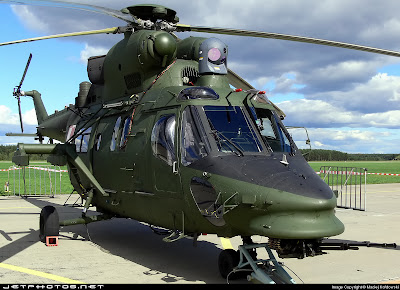



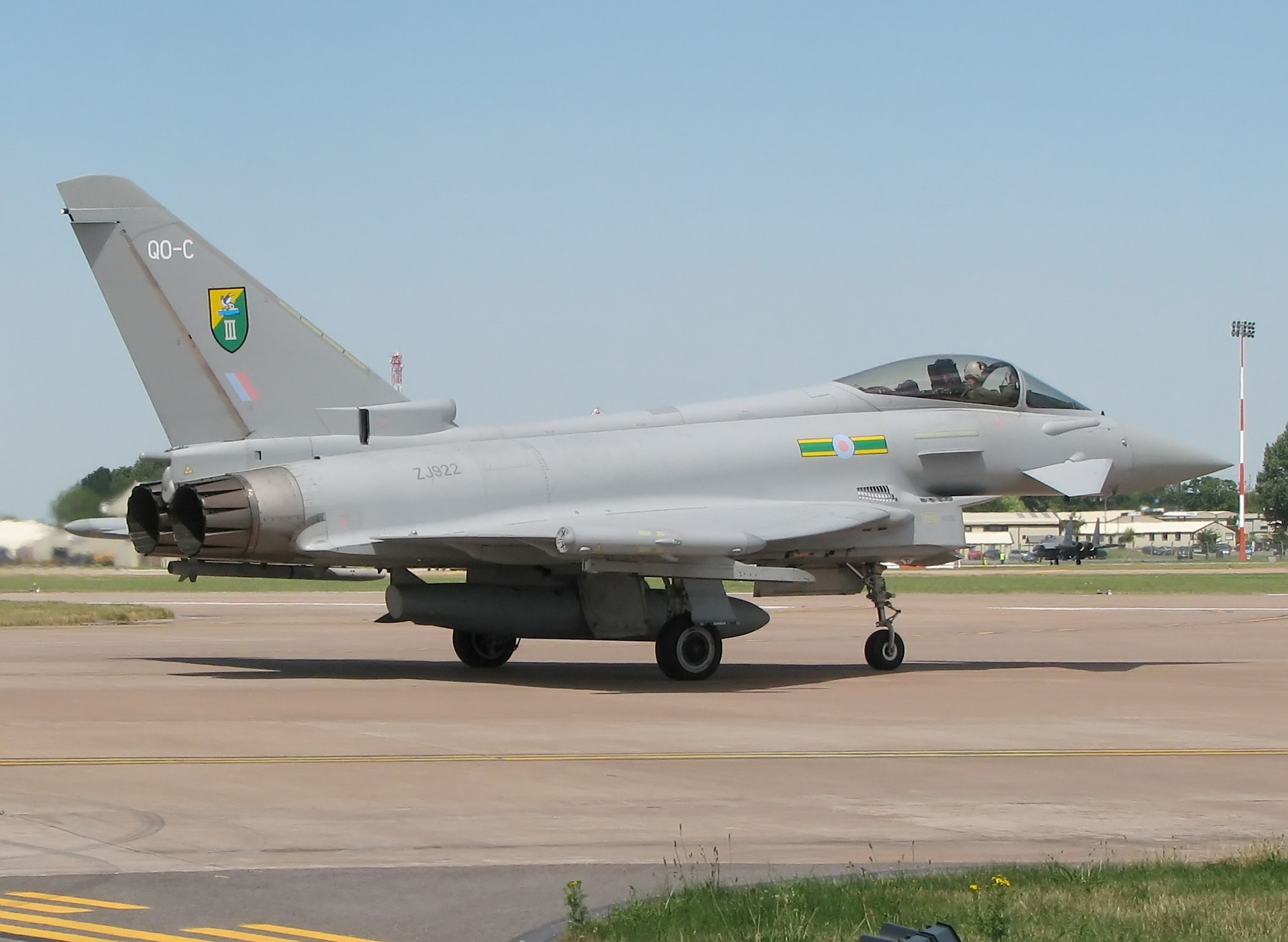





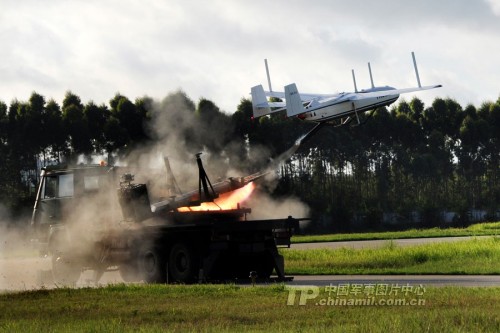
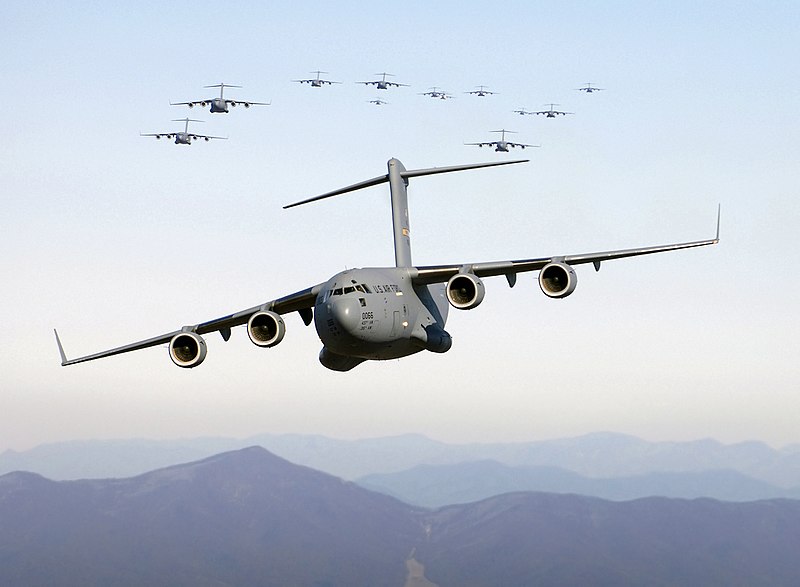
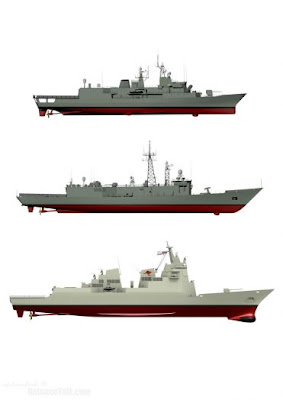

 Huey helicopter of the RBAF (photo :
Azrol Azmi)
Huey helicopter of the RBAF (photo :
Azrol Azmi)

